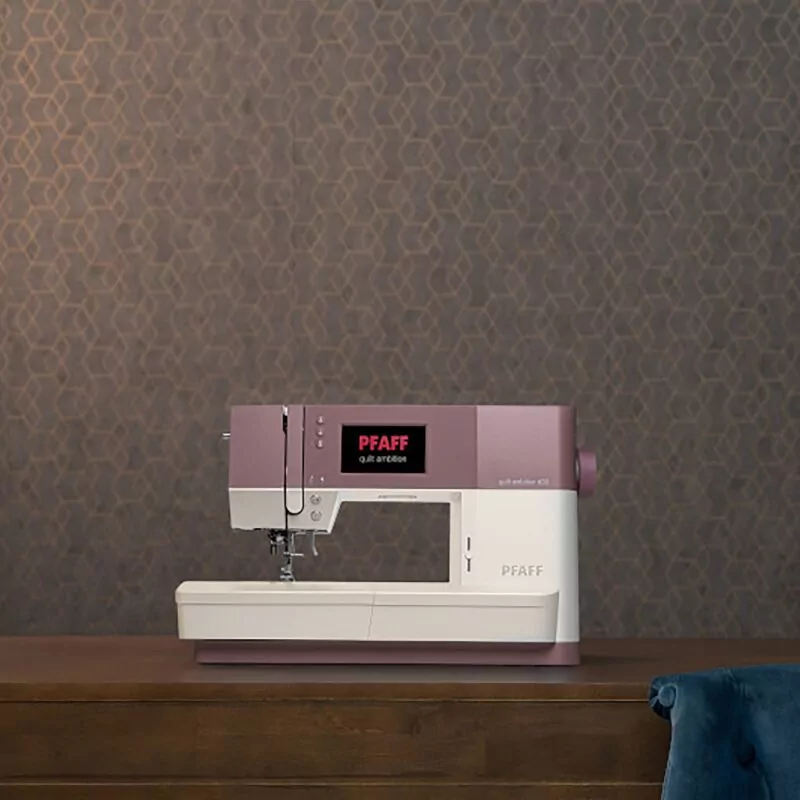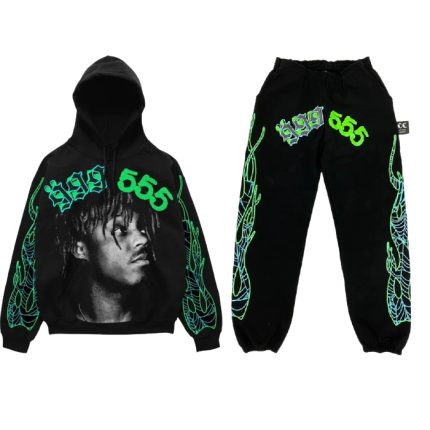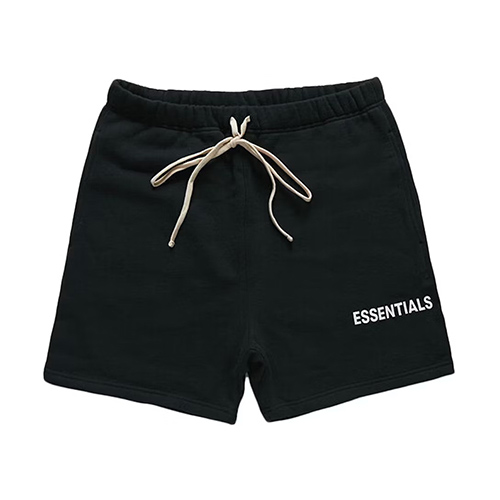Sewing machines have become an essential tool for both professionals and hobbyists. They offer precision, speed, and efficiency when working with fabrics, making it easier to create everything from simple garments to intricate designs. Whether you are a beginner or an experienced sewer, understanding the ins and outs of sewing machines is crucial to enhancing your craft.
This guide explores various aspects of sewing machines to help you make an informed choice and improve your sewing experience.
What is a Sewing Machine?
A sewing machine is a mechanical or computerized device used to stitch fabric and other materials together with thread. It automates the manual stitching process, making it quicker and more accurate. These machines are available in different models and serve various functions, from basic stitching to complex embroidery.
History of Sewing Machines
The first sewing machine was patented in the early 19th century, revolutionizing the textile industry. Isaac Singer’s innovations made sewing machines accessible to homes, paving the way for modern-day models.
Key Components of a Sewing Machine
Every sewing machine consists of key parts like the needle, bobbin, presser foot, feed dogs, and stitch selector. Understanding these components is crucial to using the machine effectively.
How to Choose the Right Sewing Machine?
Choosing the right sewing machine depends on your skill level, budget, and the projects you plan to undertake.
Assessing Your Skill Level
Beginners can start with basic models that are easy to operate, while experienced users may prefer advanced machines with additional features.
Setting Your Budget
Sewing machines vary widely in price. Basic machines are budget-friendly, whereas computerized models or embroidery machines can be costly.
Understanding Your Sewing Needs
Different projects require different machines. For example, if you work with delicate fabrics, an embroidery machine might suit you. For general repairs, a basic sewing machine is sufficient.
Comparing Brands and Models
Top brands like Singer, Brother, Janome, and Bernina offer reliable machines with varying features. Research reviews and compare models to find the best fit.
Features to Look for in a Sewing Machine
Modern sewing machines come with various features to enhance functionality. Knowing what to look for ensures you invest in the right machine.
Stitch Options
Most machines offer several stitch patterns. Look for a machine with essential stitches like straight, zigzag, and decorative stitches.
Speed Control
Machines with adjustable speed control are ideal for both beginners and professionals, ensuring precision at varying paces.
Automatic Needle Threader
An automatic needle threader saves time and reduces frustration, especially for those with vision issues.
Buttonhole Function
A buttonhole feature is essential if you plan to sew clothes with buttons. Machines with automatic buttonhole settings make the process smooth.
LCD Screen and Touch Controls
Computerized machines often feature LCD screens and touch controls, offering easy navigation through settings and stitch patterns.
Using and Maintaining a Sewing Machine
Regular maintenance ensures your sewing machine stays in top condition and functions smoothly.
Setting Up the Sewing Machine
Begin by threading the needle and bobbin correctly. Refer to the user manual for precise instructions on setup.
Basic Sewing Techniques
Master basic techniques like sewing seams, hemming, and adding zippers. These skills will enable you to take on more complex projects.
Cleaning and Oiling the Machine
Dust and lint accumulate over time. Clean the machine regularly and oil the moving parts to keep it running smoothly.
Troubleshooting Common Issues
Common issues like thread tension problems or needle breakage can interrupt your sewing. Learning how to troubleshoot saves time and keeps your projects on track.
Storing the Machine Properly
Store the sewing machine in a cool, dry place, ideally covered to protect it from dust.
Conclusion
Sewing machines are invaluable tools that simplify stitching tasks and open creative possibilities. By understanding their types, features, and proper usage, you can unlock their full potential. Whether you need a basic model for simple repairs or a specialized machine for detailed embroidery, choosing the right one ensures you enjoy your sewing journey to the fullest. Remember, regular maintenance will keep your machine in excellent condition, so it serves you well for years.




